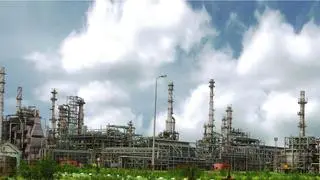The country’s organised taxi industry has shown first signs of consolidation at a time when a majority of companies in the segment are losing money.
According to industry watchers, Ola’s acquisition of TaxiForSure points to this trend. “It is a question of both sparring and bleeding in the marketplace. Then the question arises as to who can bleed for a longer time,” says Sanjay Krishnan, founder of Project Lithium, who has had stints with investment firms like Mosaic Capital.
While both companies did not disclose revenues, as they are privately held, analysts point out that Ola is losing, on an average, $12 million every month but is well-capitalised with investments from venture funds.
Hyper-local modelAccording to Vineet Toshniwal, Managing Director, Equirus Capital, cab services are a hyper-local model, where building the supply chain takes a lot of time and investment.
Only investors with very deep pockets and a long-term horizon can sustain and weather the cash burn to create a profitable business.
Till such time consolidation will keep happening.
The quest to gain leadership is coming at a time when competitor Uber, which recently raised $1.2 billion in fresh funding, is looking to up its ante in its second largest market outside the US. According to Sanchit Vir Gogia, Chief Analyst and CEO, Greyhound Research, this clearly points to the need for consolidation to gain leadership in the organised taxi service business.
India’s taxi services market is dominated by the unorganised sector but the organised radio taxi services market has been growing rapidly in the last few years, industry watches say.
“This will help them acquire a fleet of operators, get into newer cities, which generally takes time, and compete against Uber,” according to Bimal Raj, Partner at Singhi Advisors.
Raj also adds that India will have 3-4 taxi service providers and the rest will have to target niche areas such as very local taxi services.
According to TechSci Research, the number of radio taxis plying on Indian roads has witnessed a tenfold increase between 2009 and 2013.








Comments
Comments have to be in English, and in full sentences. They cannot be abusive or personal. Please abide by our community guidelines for posting your comments.
We have migrated to a new commenting platform. If you are already a registered user of TheHindu Businessline and logged in, you may continue to engage with our articles. If you do not have an account please register and login to post comments. Users can access their older comments by logging into their accounts on Vuukle.